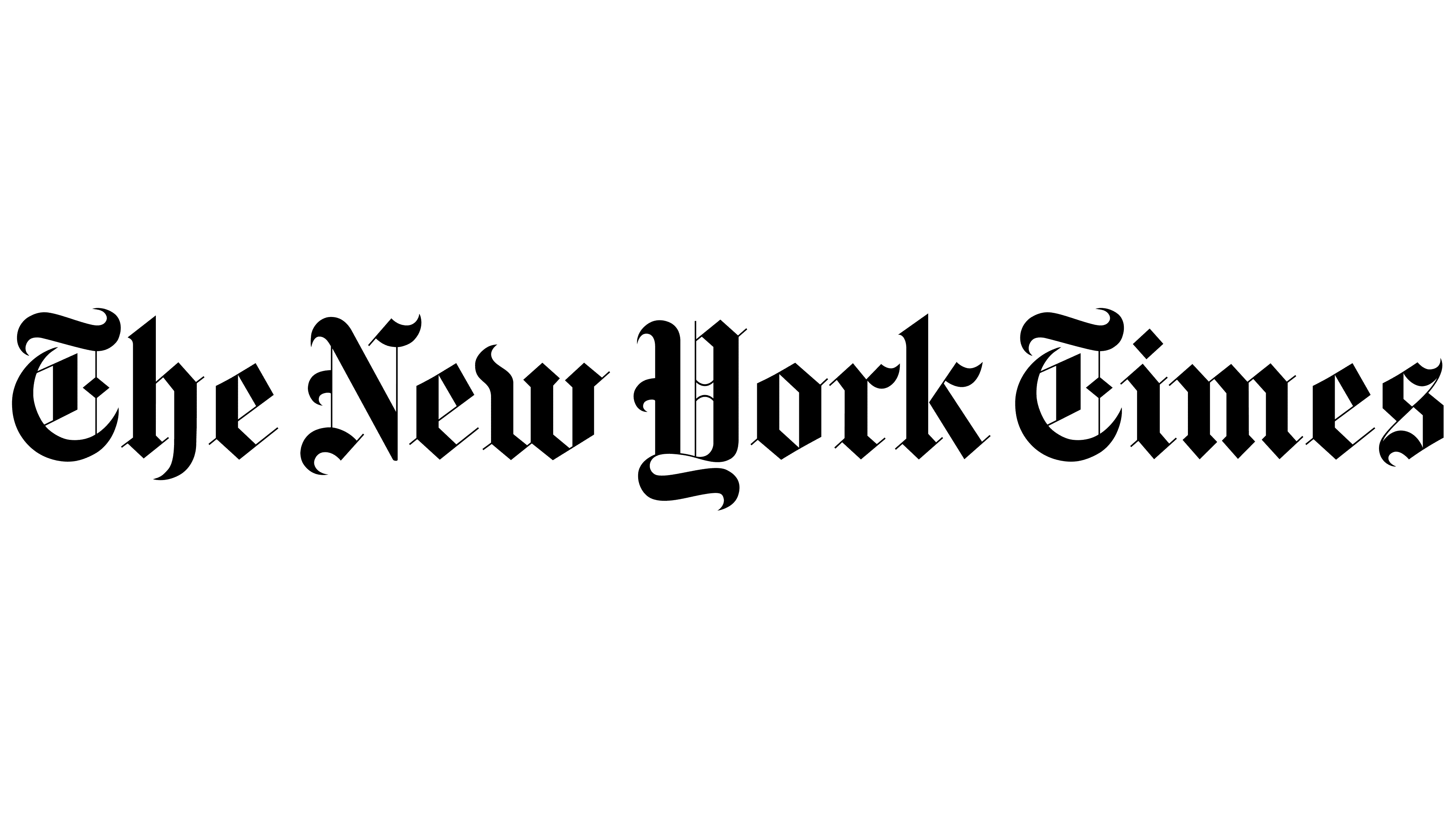At the age of 35, Richard Hunt can look back on an astonishingly productive and successful career as both a sculptor and graphic artist. The retrospective exhibition of his work opening tomorrow at the Museum of Modern Art contains about 50 sculptures and a selection of drawings and prints dating from 1956.
Despite the emphasis on youth that has overtaken the art scene in recent decades, there are really very few American sculptors of Mr. Hunt's generation who have produced a comparable body of work so early in their development.
It is, moreover, a body of work that will be unfamiliar to a great many followers of the New York scene. Mr. Hunt lives and works in Chicago, and although he has exhibited his sculpture in New York galleries many times, his reputation here has remained that of an outsider. To much of the large public that will now see his work at the Museum of Modern Art, Mr. Hunt will thus look like something he is not—a new talent.
This is, indeed, ironic; considering the precosity of his development. For Mr. Hunt is one of those rare artists who, from his early twenties, exhibited an amazing mas tery of his chosen medium open‐form welded sculpture. Taking up a form of sculp tural construction already popularȁ and well‐established in the 1950's, he straight away brought to it a style and a point of view all his own.
What distinguished Mr. Hunt's direct‐metal constructions of the early sixties from those of both his contemporaries and his celebrated predecessors in this medium was, first of all, their very personal linear tracery. Whereas, most constructed sculpture of this sort had very largely been governed by a cubist syntax, Mr. Hunt's work belonged to a different realm of feeling, sometimes suggesting an almost surrealist violence, sometimes evoking an expressionist tension and pressure, but rarely, if ever, rehearsing the familiar patterns of cubist construction.
As early as “Forms Carried Aloft, Number 2” (1960) and his “Linear Spatial Theme” (1962), Mr. Hunt was working with a complete assurance and success in this very personal imagery. I find it extraordinary that a work such “Linear Spatial Theme” is not now better known than it is. It is a work of immense delicacy and force.
Later in the sixties, Mr. Hunt began alternating sculptures of this open, linear expressionist persuasion with work based on a more monolithic, volumetric form. His imagery remained more or less the same, but a more monumental, more rhetorical emphasis began to make it self felt. The vaguely menacing surrealist appendages now issued from solid, trunk like masses, and there was a corresponding diminution of those taut, delicate traceries that—for this observer, at least—constituted one of the special pleasures of his work.
Thus, some of Mr. Hunt's most recent sculpture—say the cast bronze “Hybrid Form, Number 2” (1970)— tends to muffle the artist's most personal “hand‐writing.” Working in heavy, solid masses has not, so far, anyway, released the kind of imaginative energy that informs Mr. Hunt's best work. Among the sculptures of the last five or six years, the best, I think, still belong to an essentially linear conception.
The two versions of “The Chase” (1965 and 1969), both large and ambitious works, are real triumphs of the sculp tural imagination, whereas, many of the newer cast aluminum pieces seem to me still exploring a vein that has not been fully discovered.
All in all, however, this is an extraordinary exhibition by an artist who remains totally independent of both current fashions and of his own past successes.


